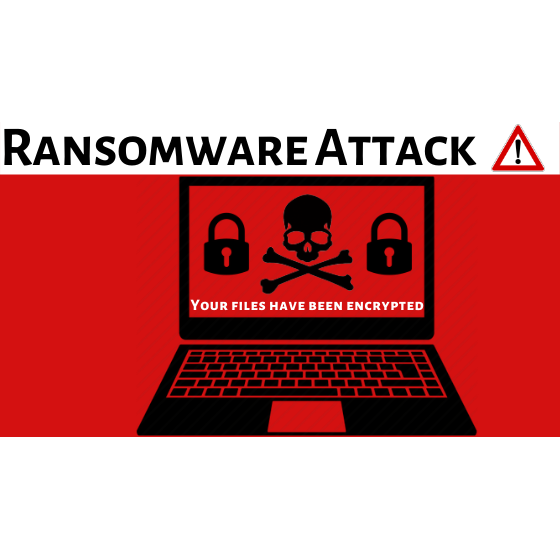How to Defend and Protect Against Ransomware: Safeguarding Your Digital World

In today's interconnected world, where technology plays a significant role in our personal and professional lives, the threat of ransomware looms larger than ever before. Ransomware is a malicious software that encrypts your files or locks you out of your system, holding your digital assets hostage until you pay a ransom to the attackers. This cyber threat has caused significant financial losses and data breaches, affecting individuals, businesses, and even government organizations.
However, there's no need to succumb to fear. By implementing a robust defense strategy and taking proactive measures, you can safeguard your digital world against ransomware. In this blog, we will outline essential steps to protect yourself from falling victim to ransomware attacks.
**1. Keep Software and Operating Systems Updated**
One of the most crucial steps in defending against ransomware is ensuring that all your software and operating systems are up to date. Cybercriminals often exploit vulnerabilities in outdated software to infiltrate systems. Regularly check for updates and install them promptly. Enable automatic updates whenever possible, as they ensure that you are protected against the latest threats.
**2. Educate Yourself and Your Team**
Knowledge is power. Educate yourself and your employees about ransomware threats and safe online practices. Train them to identify phishing emails, suspicious links, and attachments. Awareness can be a powerful deterrent, as most ransomware attacks rely on human error to gain access to systems.
**3. Backup Your Data Regularly**
Backing up your data regularly is a crucial defense strategy against ransomware attacks. In the event of an infection, having secure and up-to-date backups will allow you to restore your systems without paying the ransom. Make sure to store backups on an offline or offsite location to prevent attackers from targeting them as well.
**4. Use Robust Antivirus and Anti-Malware Solutions**
Employ reputable antivirus and anti-malware software on all your devices. These tools can help detect and prevent ransomware infections before they can do any harm. Keep them updated and perform regular system scans to identify any potential threats.
**5. Implement Firewall Protection**
A firewall acts as a protective barrier between your network and potential threats from the internet. Configure your firewall to block unauthorized access to your system and network. This added layer of security can significantly reduce the risk of ransomware infiltration.
**6. Enable Pop-Up Blockers**
Pop-up blockers can prevent malicious advertisements and pop-ups from leading you to compromised websites or infecting your system. Keep them enabled in your web browsers to minimize the chances of accidentally stumbling upon harmful content.
**7. Restrict User Privileges**
Limit user privileges to essential functions only. Users should only have access to the data and applications necessary for their roles. By implementing the principle of least privilege, you minimize the potential damage caused by ransomware if a user account is compromised.
**8. Use Email Filtering**
Email is a common vector for ransomware distribution. Implement strong email filtering to block suspicious attachments and links. This additional layer of protection can prevent malicious emails from reaching your inbox, reducing the risk of an accidental infection.
**Conclusion**
Ransomware attacks are a significant threat, but by adopting a proactive approach and implementing the right security measures, you can defend yourself and your organization against such threats. Stay vigilant, keep your software up to date, and educate yourself and your team about the latest tactics used by cybercriminals.
Remember, preparation is key. Regularly back up your data and store it safely, so you're never left at the mercy of ransomware attackers. By staying informed and implementing robust security practices, you can safeguard your digital world and enjoy a safer and more secure online experience.







